DIY induction boiler
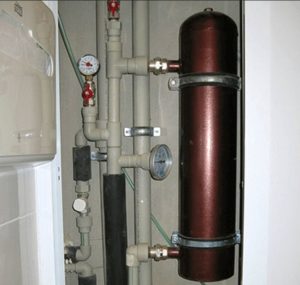 Induction boilers are a fairly new heating equipment that is quickly gaining popularity. They have become widespread due to the fact that when used, unlike conventional electric boilers with heating elements, do not emit any harmful substances for both humans and the environment. Whereas installing an induction boiler to heat a house is very profitable from an economic point of view, and it also does a much faster job of heating the room.
Induction boilers are a fairly new heating equipment that is quickly gaining popularity. They have become widespread due to the fact that when used, unlike conventional electric boilers with heating elements, do not emit any harmful substances for both humans and the environment. Whereas installing an induction boiler to heat a house is very profitable from an economic point of view, and it also does a much faster job of heating the room.
The content of the article
Assembling a simple induction boiler with your own hands
For greater savings, you can assemble an induction boiler with your own hands. However, it is worth considering that this is not an easy task, and you cannot do it without minimal skills. Knowledge of both assembly and installation and electronics will be required. Ideally, it is necessary to carry out accurate calculations so that the end result is a device that will fully satisfy your needs and will not fail the first time you turn it on.
IMPORTANT. Using an induction boiler requires it to remain in working condition for a long time, so it is important that the device is assembled correctly and without careless omissions. Otherwise, there is a high probability of an accident occurring.
Device
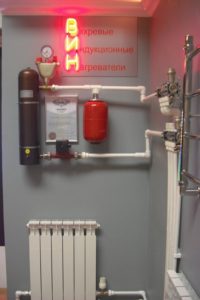 Before you start purchasing materials, you need to familiarize yourself with the structure of the induction boiler to understand whether you can assemble such a unit with your own hands. Everyone has their own capabilities, and it is important to assess them wisely. As the name implies, such boilers operate on the basis of the resulting electromagnetic induction, which, in turn, contributes to the formation of eddy currents. It is under their influence that conductive materials heat up. Induction occurs due to alternating current. To pass it, it is necessary to make a winding in the form of a coil, inside which a heating element is placed (it is used as a second short-circuited winding). In the heater, based on its properties, electromagnetic energy is converted into thermal energy.
Before you start purchasing materials, you need to familiarize yourself with the structure of the induction boiler to understand whether you can assemble such a unit with your own hands. Everyone has their own capabilities, and it is important to assess them wisely. As the name implies, such boilers operate on the basis of the resulting electromagnetic induction, which, in turn, contributes to the formation of eddy currents. It is under their influence that conductive materials heat up. Induction occurs due to alternating current. To pass it, it is necessary to make a winding in the form of a coil, inside which a heating element is placed (it is used as a second short-circuited winding). In the heater, based on its properties, electromagnetic energy is converted into thermal energy.
The simplest induction boiler includes the following elements:
- coil;
- heat exchanger;
- terminal box;
- control cabinet;
- inlet and outlet pipes.
In industry, an induction boiler is usually represented by a heat exchanger acting as a core, with a winding connected to a high-frequency converter.
Inside the heat exchanger there is necessarily a coolant, the heating of which occurs under the influence of eddy currents. Connecting the pump allows you to avoid precisely the difference between the temperatures of the inlet and outlet pipes for the coolant - thanks to it, natural circulation of the coolant occurs in the boiler.
Almost any liquid can be used as a coolant. Antifreeze and oil are often added, however, in order to save money, ordinary water can also be used for this purpose.Even then, it does not need to be subjected to any cleaning, since the system constantly vibrates at high frequencies, and scale simply does not have the opportunity to settle. The same applies to other impurities.
IMPORTANT. Using an induction boiler without a coolant is impossible and even dangerous, since the entire device will be subject to uncontrolled heating, which not all of its elements can survive.
It is best to give preference to metal as the outer shell, without skimping on insulation: both thermal and electrical protective.
There are no restrictions on the shape of the boiler. Compared to electric ones, induction ones do not need to install a tank, which is why they are distinguished by their modest size.
Scheme and drawings
Skilled hands have long been interested in assembling induction boilers at home. They went through a lot of variations, many of which, although interesting, do not have the necessary benefits or safety. Nevertheless, successful models quickly gained popularity on the Internet. They are preferred not only by those people who are interested in assembling boilers for the sake of hobby, but also by those for whom it is important to use the device for its primary purpose - to heat the house. The following options have gained the most popularity:
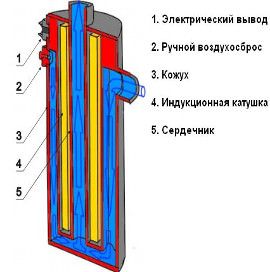 Using power from a welding inverter. This is considered a simple option for self-assembly of an induction boiler, however, you will need to pay a lot of attention and effort to the high-frequency converter - this is what the welding inverter is used for.
Using power from a welding inverter. This is considered a simple option for self-assembly of an induction boiler, however, you will need to pay a lot of attention and effort to the high-frequency converter - this is what the welding inverter is used for.- Based on an induction cooker. This method is beneficial to use if you have an unnecessary induction cooker. It is clearly irrational to purchase it for such a purpose.To do this, you need to disassemble it and take out the copper wire - it will serve as a winding in the induction boiler. The control panel is reconfigured for the boiler so that it can be used to adjust the power.
IMPORTANT. The stoves have power limitations, so it’s important to do the calculations initially so that when you first start it, everything doesn’t burn out immediately.
How to make it yourself
You can assemble a simple induction boiler without using an inverter or stove. They, in fact, only replace some elements.
For everything to work out, you need to strictly adhere to the algorithm of actions:
 Cut stainless steel wire with a diameter of 7–8 mm into pieces of 5 cm.
Cut stainless steel wire with a diameter of 7–8 mm into pieces of 5 cm.- Select a plastic pipe with a diameter of about 50 mm. It will be needed to assemble the case.
- Install a fine mesh metal mesh at the bottom of the pipe.
- Fill the tube with cut wire (this will act as a metal labyrinth), and also cover the top with mesh. In this case, it is important to select materials so that the wire does not fit through the mesh cells.
- Wrap at least a hundred turns of copper wire tightly around the pipe. The winding must be as neat as possible!
- Attach pipes to the heater, which will subsequently connect it to the heating and plumbing systems of the house.
Important assembly guidelines
When planning to independently assemble an induction boiler, keep in mind that it will require you to have the skills to use a welding machine and a three-phase transformer.
However, the use of a self-assembled induction boiler is limited. It is only suitable for installation in closed heating systems with forced air circulation. The wiring can only be done with plastic or propylene pipes.

You can secure the system by installing a blast valve. It rids the boiler of unnecessary air and normalizes the operating pressure.
When installing the boiler, make sure that it does not come into contact with any surface if possible. A distance of about 30 cm is considered optimal. This will protect you from the spread of consequences in the event of unforeseen situations such as overheating.

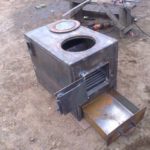
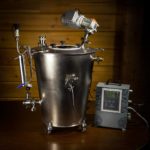
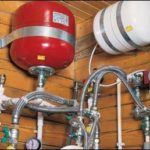
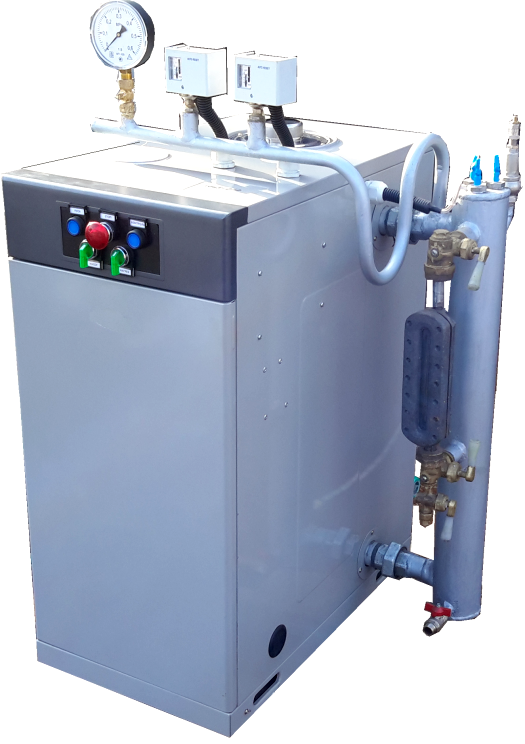
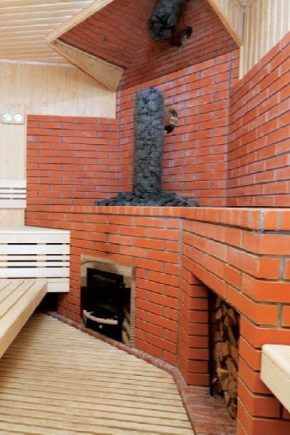
A pointless idea. If only because its efficiency is noticeably less than 100%. An ordinary heating element is immeasurably simpler and the efficiency is almost 100%. Make a capsule for the heating element with some kind of filler, for example oil, like oil heaters, connect in series and in parallel the required number of heating elements for the required power (two series-connected heating elements give a quarter of the power of the nameplate) and you will have an “eternal” boiler.